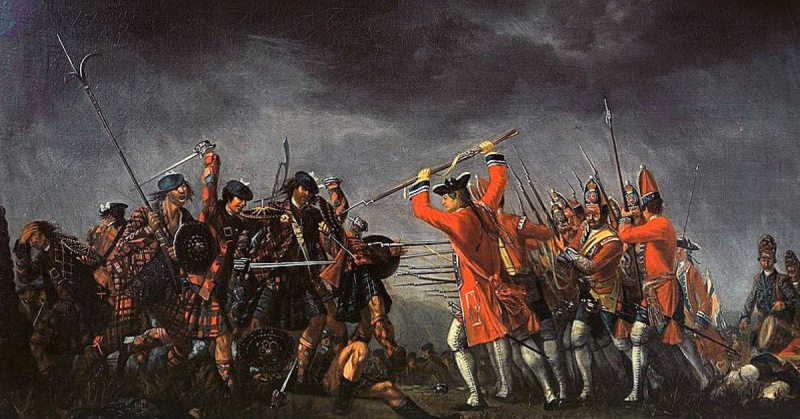The Jacobite uprising emerged with the purpose of returning James II of England and VII of Scotland to the throne. From 1688 the Jacobite’s provoked a series of rebellions in the British Isles that ended with a high cost to the Highlands after the Battle of Culloden on April 16, 1746.
Marching to Battle – April 14, 1746
The British army commanded by William Augustus, Duke of Cumberland (with about 8,000 men) arrived in Nairn on April 14 with the intention of ending once and for all the Jacobite rebellion.
In counterpart, to the sound of bagpipes, Charles Edward Stuart, better known as Bonnie Prince Charlie along with the Jacobite’s army (about 5,400 men) marched to face Cumberland, camping about 12 miles from Nairn.
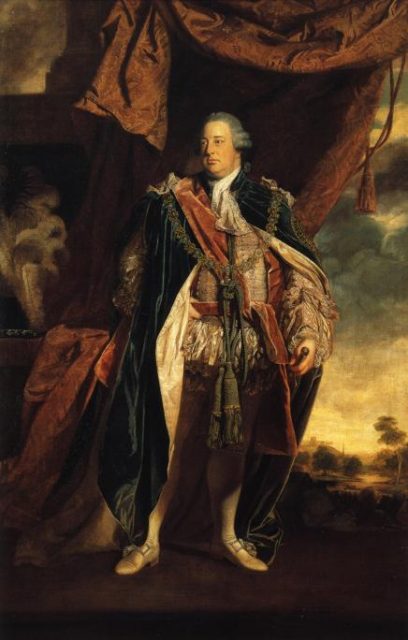
Battlefield of Culloden
A wide moor with sparse vegetation located nearby the city of Inverness. Culloden Moor was an ideal setting for attacks with cavalry and artillery. There was a stone wall that bordered the entire length of the field and delimited with Culloden Park.
British Army
The British Army consisted of regiments of up to 400 men trained rigorously by Cumberland after the defeat at Falkirk, they were accompanied by 3 Cavalry of Dragoons regiments (2 were English and 1 was Scottish) and the artillery, composed of 3lb cannons with a range of 350 meters which used solid ammunition and shrapnel.
There was Scottish presence on the English side, not only of the Lowlands but also the presence of some clans of the Highlands, they were part of the Duke of Kingston’s Regiment of Light Horse or as auxiliary troops. There were more Scots on the English side than on the Jacobite’s
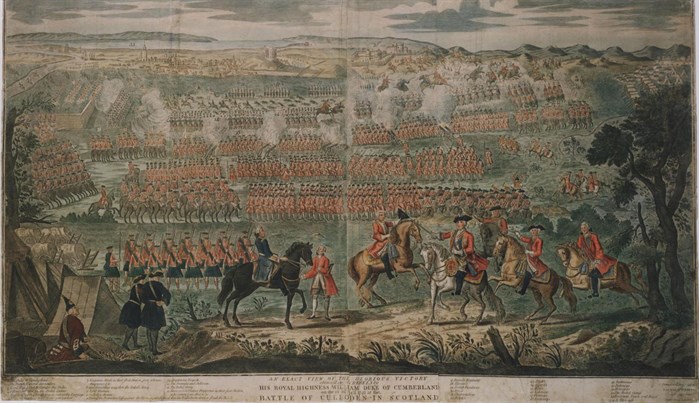
Jacobite Army
Formed by clans of the Highlands: McDonald, Cameron, Fraser, McGregor, MacKenzie, MacPherson, Murray along with some of the clans of the Lowlanders. They had a few pieces of artillery.
Most of the army was made up of peasants and fishermen who were involved in the conflict because of their fidelity to a Clan.
The only regular troops were those contributed by King Louis XV of France, a total of 800 soldiers between Irish Troops (Irish Picquets) and French (Écossais Royaux).
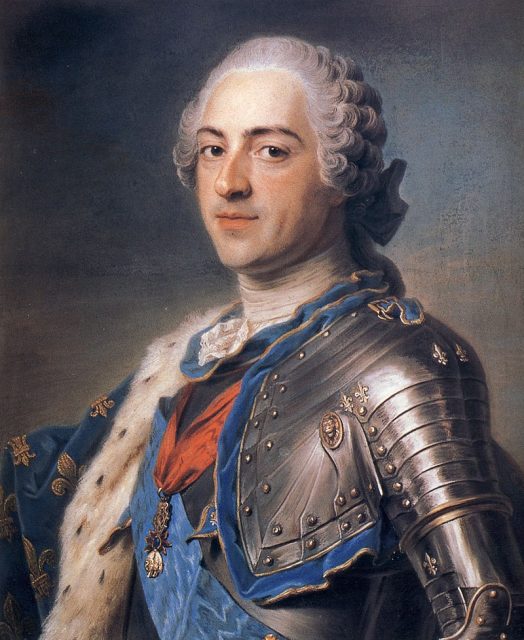
Night Attack in Nairn
The night before the battle, Murray aware of his numerical inferiority against the English, proposed a night attack taking advantage of the celebrations in the English encampment of the Duke of Cumberlands 25th birthday. They moved to Nairn in a disorganized manner due to lack of military discipline and ended up dispersing around the area.
The attack had to be canceled as after the march many troops were exhausted and hungry, and then many of them went out in search of food and a place to sleep. Morale was low and it was necessary to make a decision.
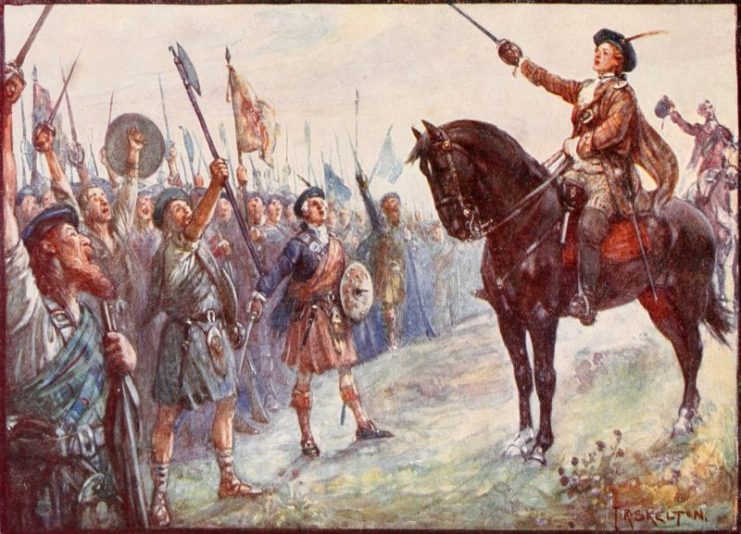
The Frustration of Lord George Murray – The Fateful Decision of Prince Charlie
Murray was the person with more military experience and along with the other generals of Prince Charlie, they decided to call a war council and gave him 3 alternatives:
Return to Inverness and try to resist the siege.
Disperse the entire army throughout the highlands.
Give battle in a better place than Culloden.
Prince Charlie dismissed all the alternatives, overly confident by the previous victories obtained against the British.
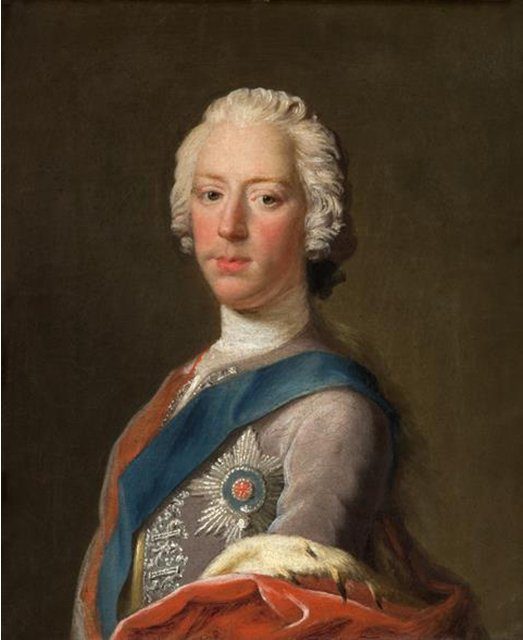
Prince Charlie insisted on taking command of the troops and after listening to the advice of the Colonel John William O’Sullivan, he ordered his men to form defensively in the swamp of Drummossie. Prince Charlie was fully confident of the success of the famous Highland charge.
Highland Charge
A battlefield shock tactic used by the clans of the Scottish Highlands. The Scottish would run towards the enemy covering themselves with their shield (targe), when they were about 50 steps away they would fire their rifle and throw it to the ground and continue running when they are about 12 steps from the line they would shoot their Flintlock and throw it at the enemy. Finally, they would attack with their broadsword against the first line of the enemy.
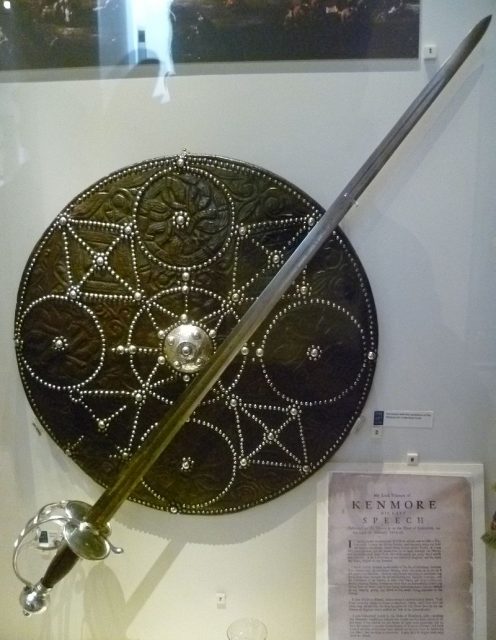
The Battle of Culloden
Cumberland positioned his troops, deploying 2 lines. The Jacobite’s were already waiting in two lines, the first with the foot soldiers and the second with the cavalry and the French and Irish men.
The Jacobite’s began the battle by firing their artillery, the British army responded and initiated an exchange of artillery, eventually, the Jacobite army ran out of ammunition and was punished unmercifully by the English artillery. With the risk of losing the whole army, O’Sullivan gave the Order to attack.
The Last Highland Charge
Murray’s Division charged on the right flank, Lord John Drummond’s Division started at the front, but on the left flank, The Duke of Perth’s Division (MacDonald) initially refused to advance considering this position unworthy, when they did decide to move, they encountered swampland, delaying their movement, remaining easy prey for the artillery.
When the Jacobite army approached the first British line, Cumberland ordered they change the cannons of the artillery for shrapnel, shattering the Highland Charge.
In view of the relentless artillery fire, to dodge the shrapnel and the swamp, the Jacobite’s began to gather at the edge of the right flank next to a stone wall and launch themselves against the British line, but Cumberland had anticipated this movement and sent regiments to skirt the wall, forming a kind of “L” against the Jacobite’s, outflanking them completely.
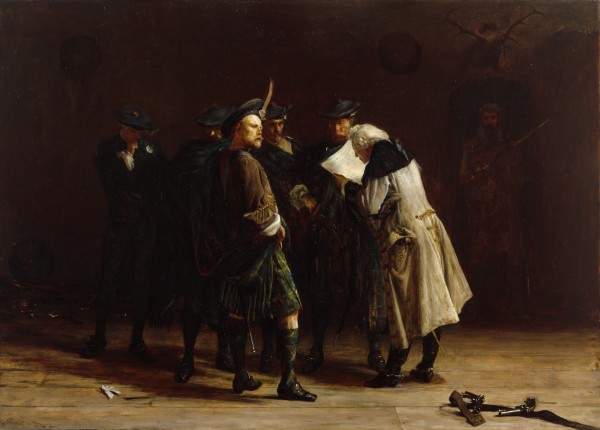
Despite the punishment, the Jacobites managed to penetrate the first British line but were riddled by the second line.
When Cumberland saw that the Jacobite’s were in retreat, he decided to send the dragoon cavalry, which was behind the stone wall on the right flank of the Jacobite army, the Jacobite cavalry tried to hold the line but the troops of the center and the left flank were decimated by the cavalry of Kingston.
The Irish Picquets and French troops armed with bayonets bravely managed to repel the British cavalry and covered the retreat of the Jacobite army.
In no more than an hour the massacre was consummated, approximately 2000 dead Jacobites against only 50 on the British side. 250 French and Irish soldiers were taken prisoner in Inverness.
In September, Charles Edward Stuart Fled to France dressed as the maid Flora Macdonald.
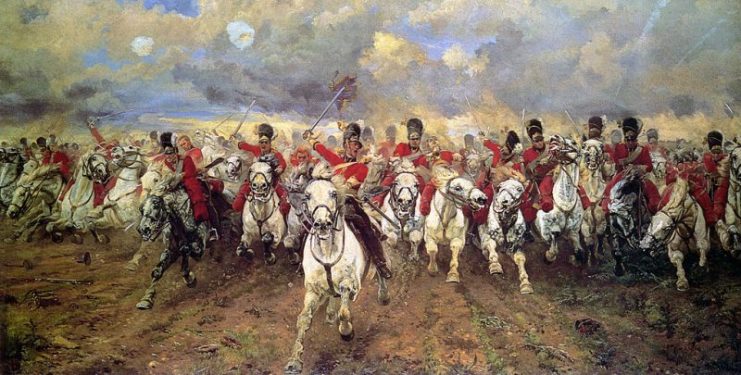
No Mercy
The French and Irish were treated as regular soldiers, allowing them a formal surrender and were sent to France. On the other hand, the Jacobite’s were considered traitors to the Hanover dynasty and were shot.
“Butcher Cumberland” – “Pacifying” the Highlands
Cumberland had no mercy, all the wounded were finished off on the battlefield, the prisoners were shot. Cumberland did not stop there, he continued his march to Inverness murdering everyone suspected of being Jacobite, even women and children were victims of his inclemency.
Cumberland remained in Scotland and turned the army into an armed police to continue the purge, killing, raping and stealing, which earned him the nickname “Butcher Cumberland”.
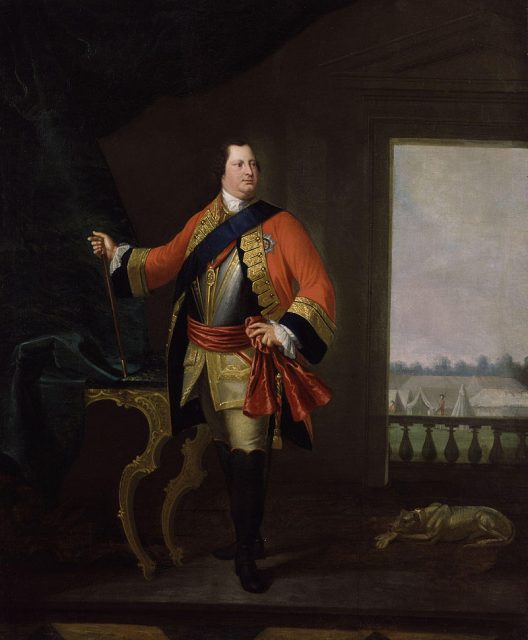
Consequences to Gaelic Culture
The Jacobite clans lost their lands, their members escaped from the island or were captured and sent to the ultra-sea colonies almost as slaves. The Episcopalian religion was forbidden (the Catholic religion already banned).
Finally with the Act of Proscription of 1746 the clan system was abolished, along with wearing “highland clothing”, carrying weapons or bagpipes. The Scottish Gaelic ceased to be a relevant language.
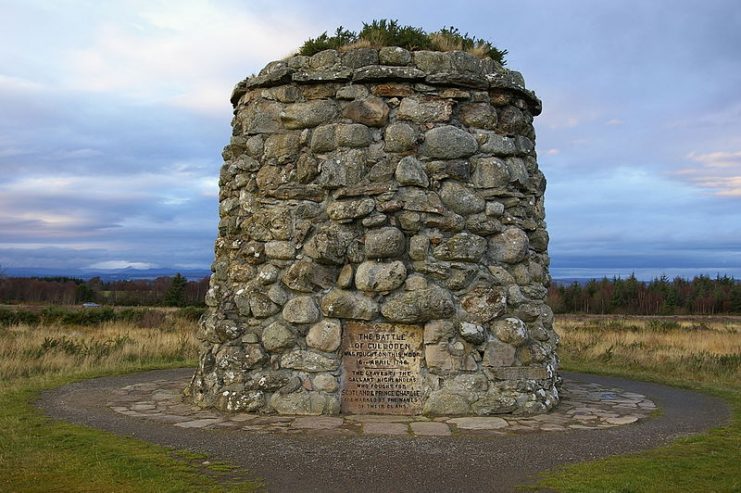
Legacy
Despite the diaspora of the Highlands people and all the difficulties they were subjected too, their culture still remains as strong as ever.
The members of the Clans that perished in Culloden are remembered with pride for dying fighting for their beliefs and their lifestyle. In contrast, the battle of Culloden remains an eternal shame for the British army because of the cruelty of its acts.
